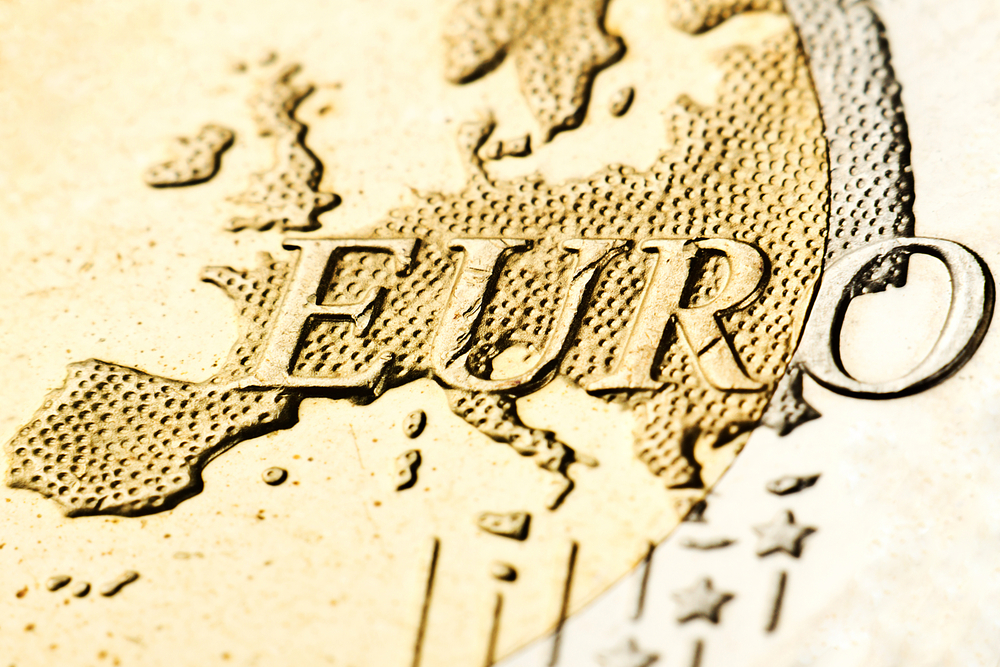The latest fall in the value of the euro is likely to leave Irish produce more competitive in international markets, according to Bord Bia.
Last week, the euro fell sharply against sterling and the fall left single currency at its lowest level against the pound since 2008.
The latest euro to Pound exchange rate converts at 1 EUR is 0.765 GBP.
Joe Burke, Livestock Manager, Bord Bia has said that more than 40% of food and drink exports are destined for the sterling area and a further 29% going to markets, which predominantly trade in US dollars.
“Any change in exchange rates has the potential to impact on the competitiveness of Irish food and drink exports,” said Burke.
He said by the end of 2014, the euro was over 9% weaker against the US dollar and 5% weaker with Sterling and this trend has continued into 2015.
These developments, he said, are helping to boost the competitiveness of Irish exports although it is likely to take some time before the full benefit is realised.
“The fall in the value of the euro against Sterling is of benefit to Irish exporters. For example, the value of the euro fell back to almost 76p today, compared to 82p this time last year.”
In the beef context, the product which we sell into the British market is sold in sterling, Burke said.
“The currency movements described above would result in a 7% improvement in returns for Irish beef exports to the UK in Euro terms, if all other factors were equal. (i.e. If the prevailing prices did not fluctuate. However, these prices do adjust as a result of local availability, import volumes etc. The added benefit at present is that, along with the currency movement, UK cattle prices are also rising in Sterling terms.).”
In the sheepmeat sector, Burke said, Irish lamb competes with UK lamb across the EU, especially in the French market.
“The recent currency movements have had the effect of making UK lamb relatively more expensive in euro terms and therefore this has a positive effect on the price-competitiveness of Irish lamb.”
According to Burke, there is likely to be a time lag before these effects feed back into higher producer prices. Most companies, he said, will have traded forward for a few weeks at a time in buying or selling Sterling.
